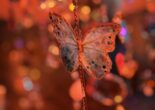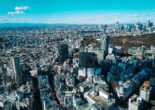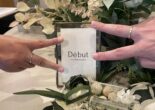Do you know the meaning that a flower possesses? Do you know how to wield a flower? What about how to position one so that it strikes beauty in every viewer? Let’s talk about my Ikebana experience in Kyoto.
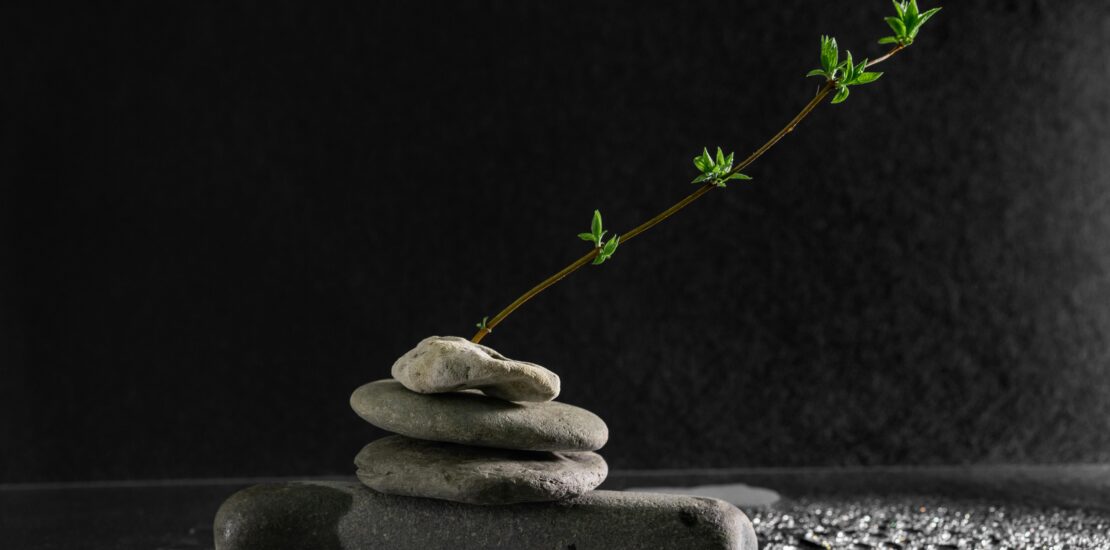
What Is Ikebana?

I was very lucky to get the full-on Ikebana experience in Kyoto where all the traditional and cultural aspects of Japan can be found. Ikebana can be defined as the study (and mastery) of Japanese flower arrangements, literally translating to giving life to flowers. This art style has been in history for many centuries, originating somewhere between the sixth century and eighth century. Ikebana structures were used to make a statement about wealth and status in society as warlords would place Ikebana structures in their estates as a way to ‘flex’ on other warlords/guests of importance as they entered the estate. The more beautiful and classic the structure, the more wealthy they appeared.
Creative Expression
I was very happy to learn a lot about the Ikebana structure and principles behind the floral arrangements. While I have had this experience before, it was my first time doing it in Kyoto with an English-speaking teacher, which I will get more into later. One of the best parts of attending this class was that we were able to learn the features/principles of Ikebana as we learned about the basics, such as how to arrange them, how to utilize space, simplicity, how to give meaning to our floral arrangements, as well as how to cut the flowers and so much more. I think it’s important to understand the basics in the classical ways in which the art was previously created and practiced before moving on to my favorite part, which was the freestyle lesson where there were no rules and we could create as we pleased.

I could really understand why warlords were using this as a kind of flex as there was something ‘hypnotizingly’ beautiful about all the pieces that we saw on the tour and that we created.
Tour
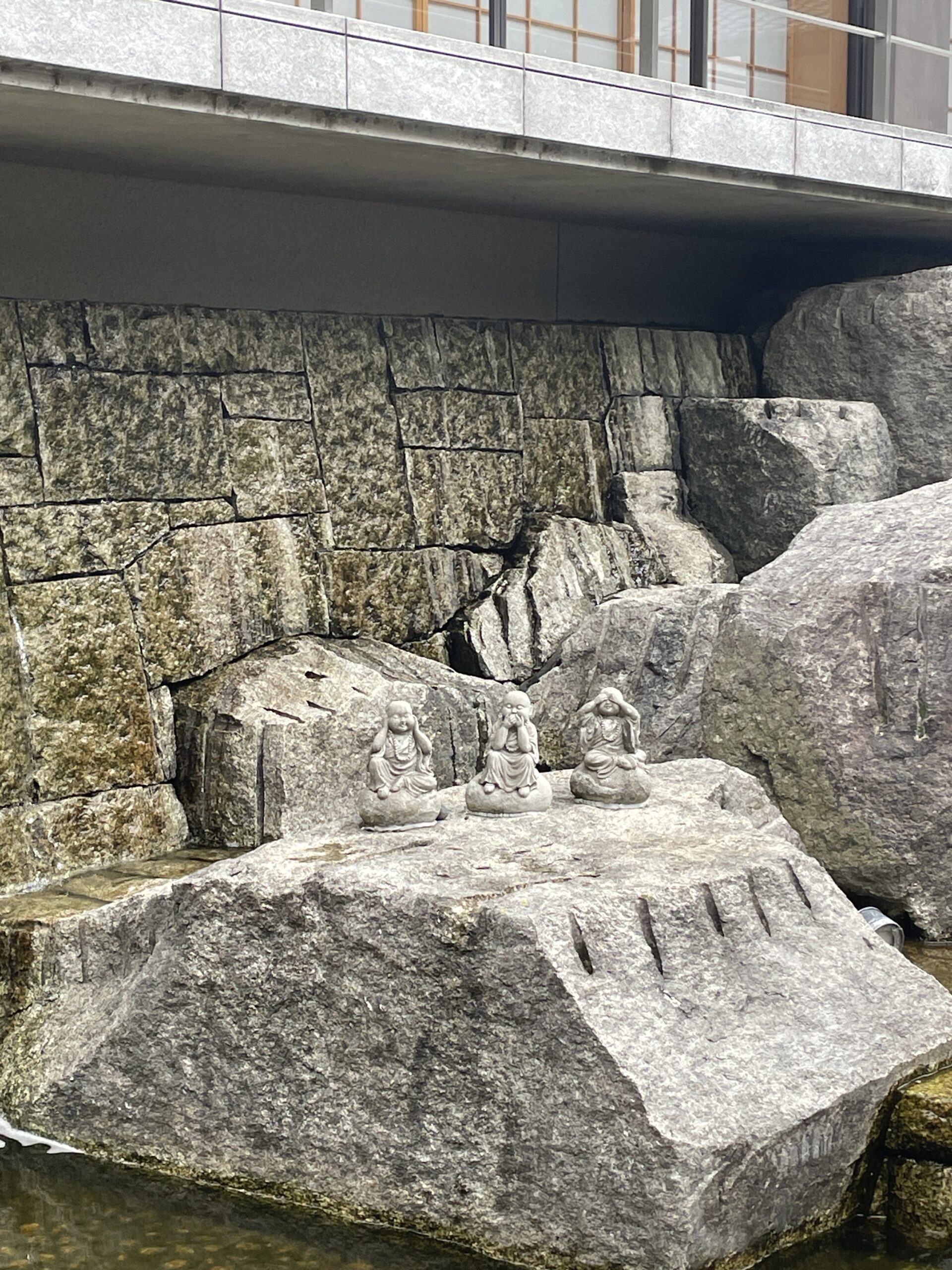
The tour schedule went like this:
•Visit Rokkakudo
•Visit the Ikebana Museum
•Do Sogetsu-style Ikebana and freestyle Ikebana
•Authentic Japanese kaiseki cuisine meal
•Visit Japanese temples and view Japanese gardens
What to Expect?
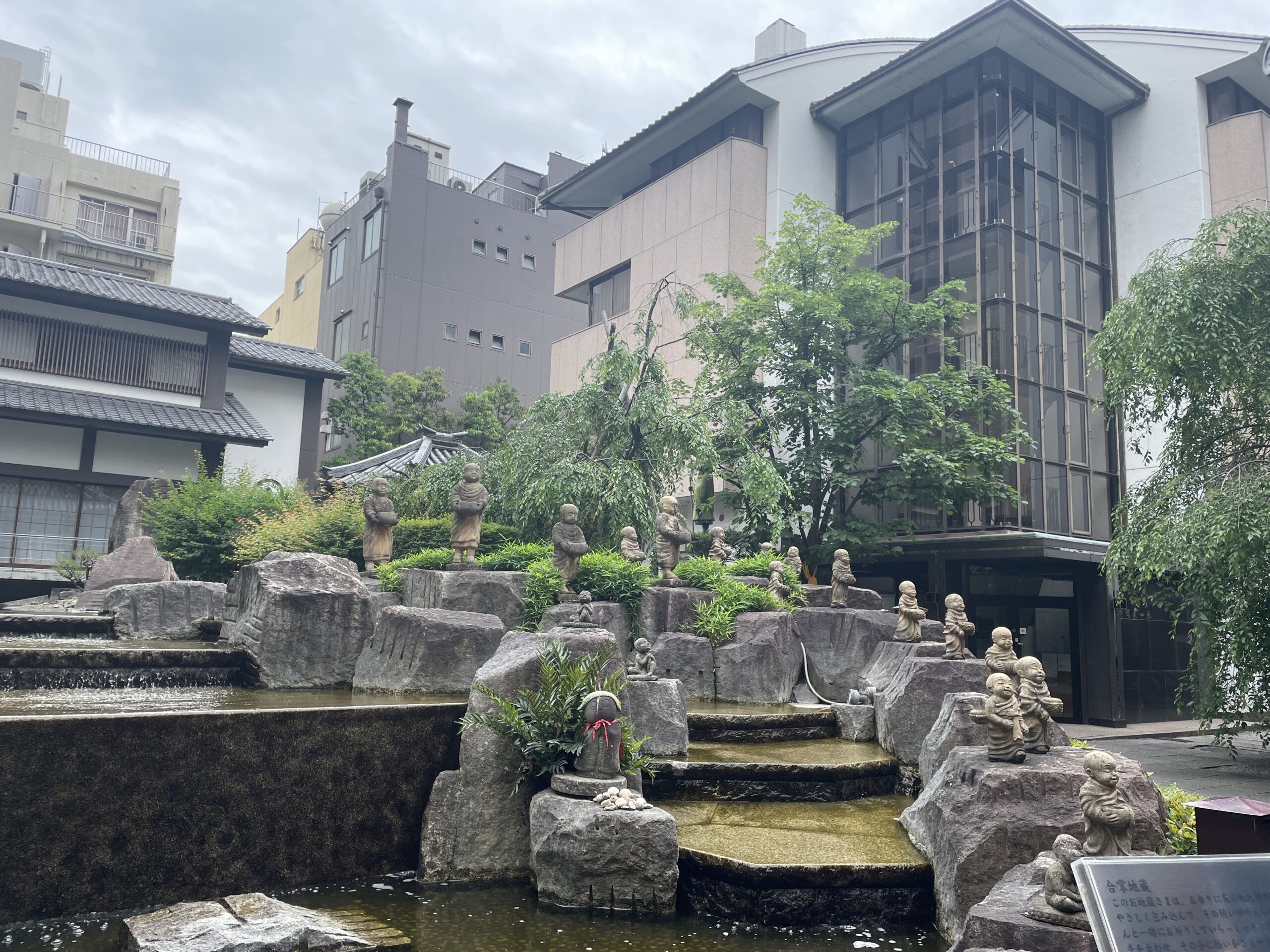
•Rokkakudo Temple
From the second we met up, we were given all kinds of information about Ikebana. Seanacey Yabe, our lovely guide and Ikebana instructor, gave us information about what people prayed for here and showed us around! We were able to see Japan’s ‘hidden belly button’ here too, you’ll need to visit to learn more about what that means!
•Ikebana History Museum
This museum is located right next to the temple, I believe that you have to reserve a time slot in order to come in as they are very strict about who comes in and out. It was nice to go and see different Ikebana styles from famous people as well as learn about the areas where they would present the Ikebana structures.

Be careful about having your phone out here, they are very anxious about it. Literally one of the police officers came to talk to a Japanese girl in our group, telling her not to take pictures when she was very clearly only taking notes. It’s better not to have your phone out at all here.
Nonetheless, it’s a very beautiful place where you can also learn about different schools and how the masters and students branch off to start their own Ikebana schools.
•Ikebana Experience! Sogetsu-style Ikebana and Freestyle Ikebana
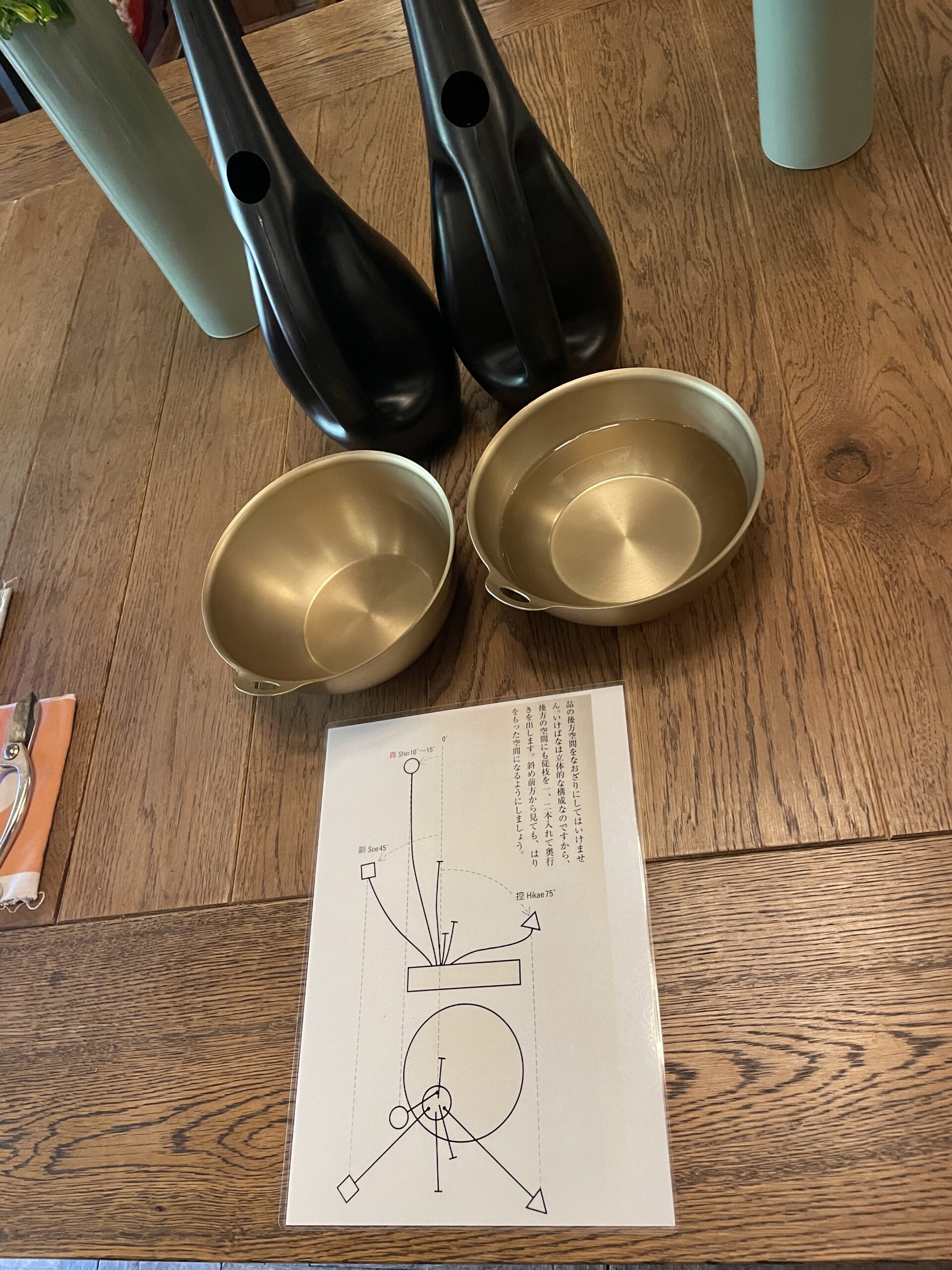
This was by far my favorite part as we got to make our own creations. It was fun to learn and try!
You can see my classically structured piece and my freestyle piece below.
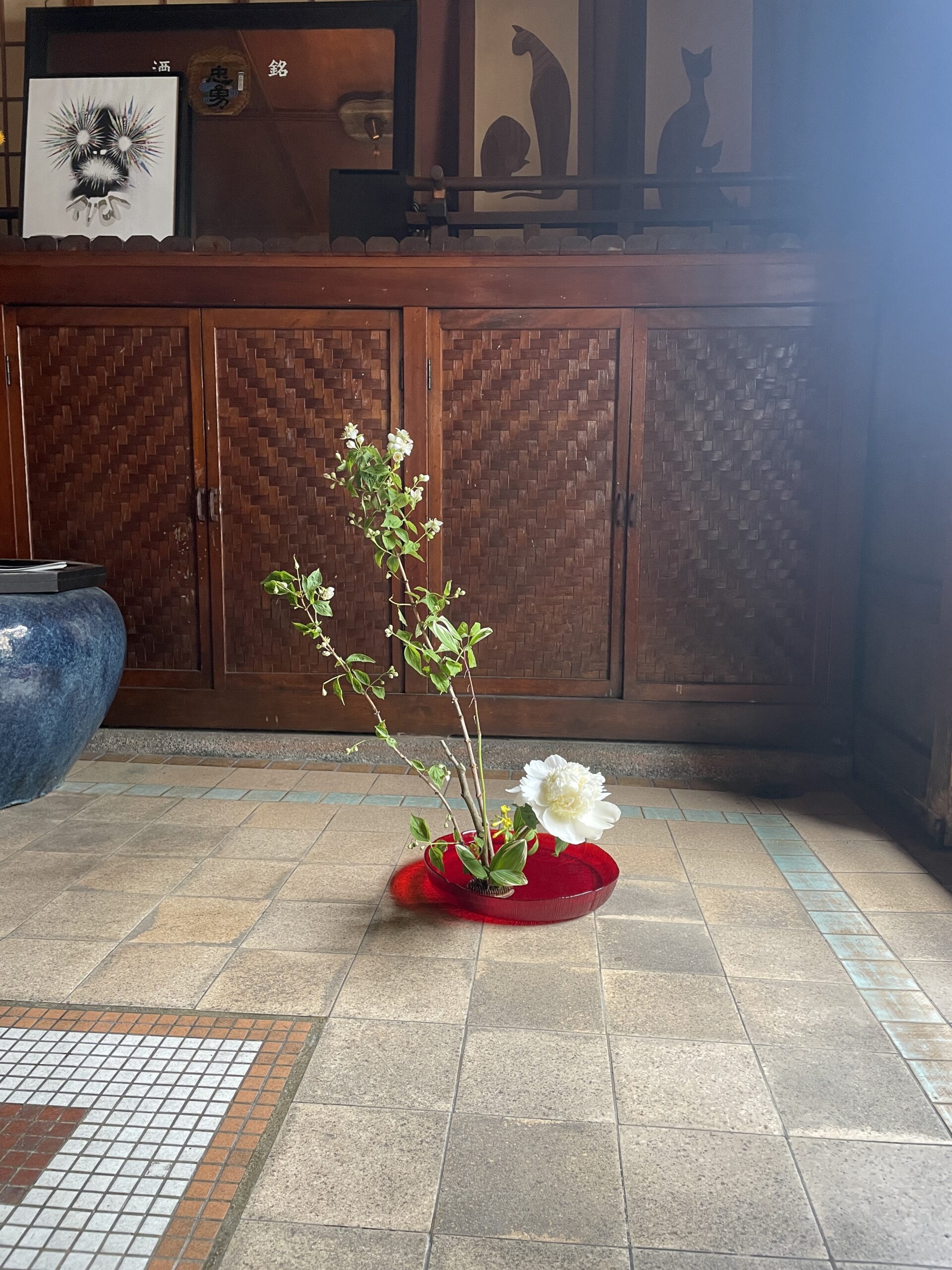
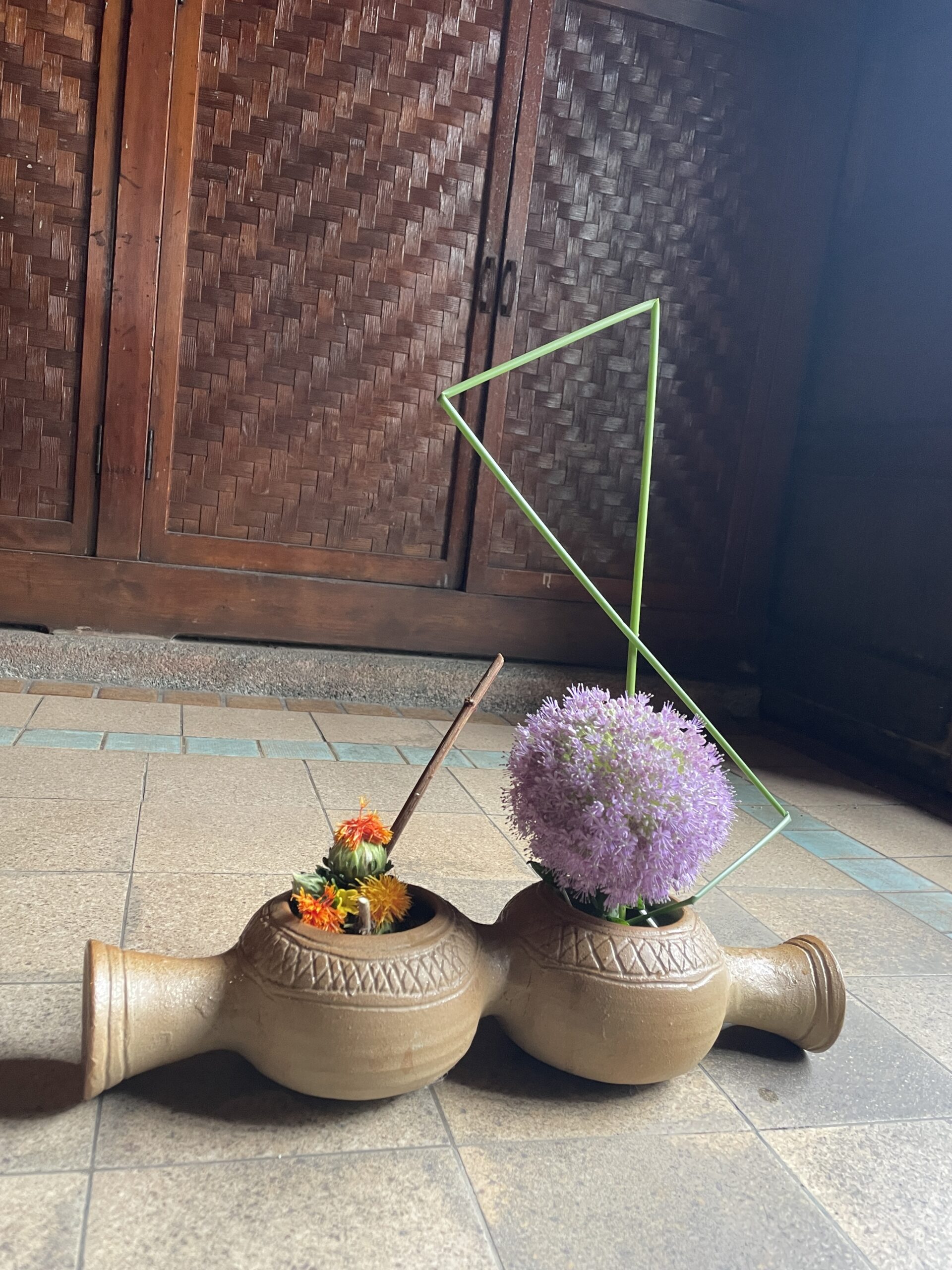
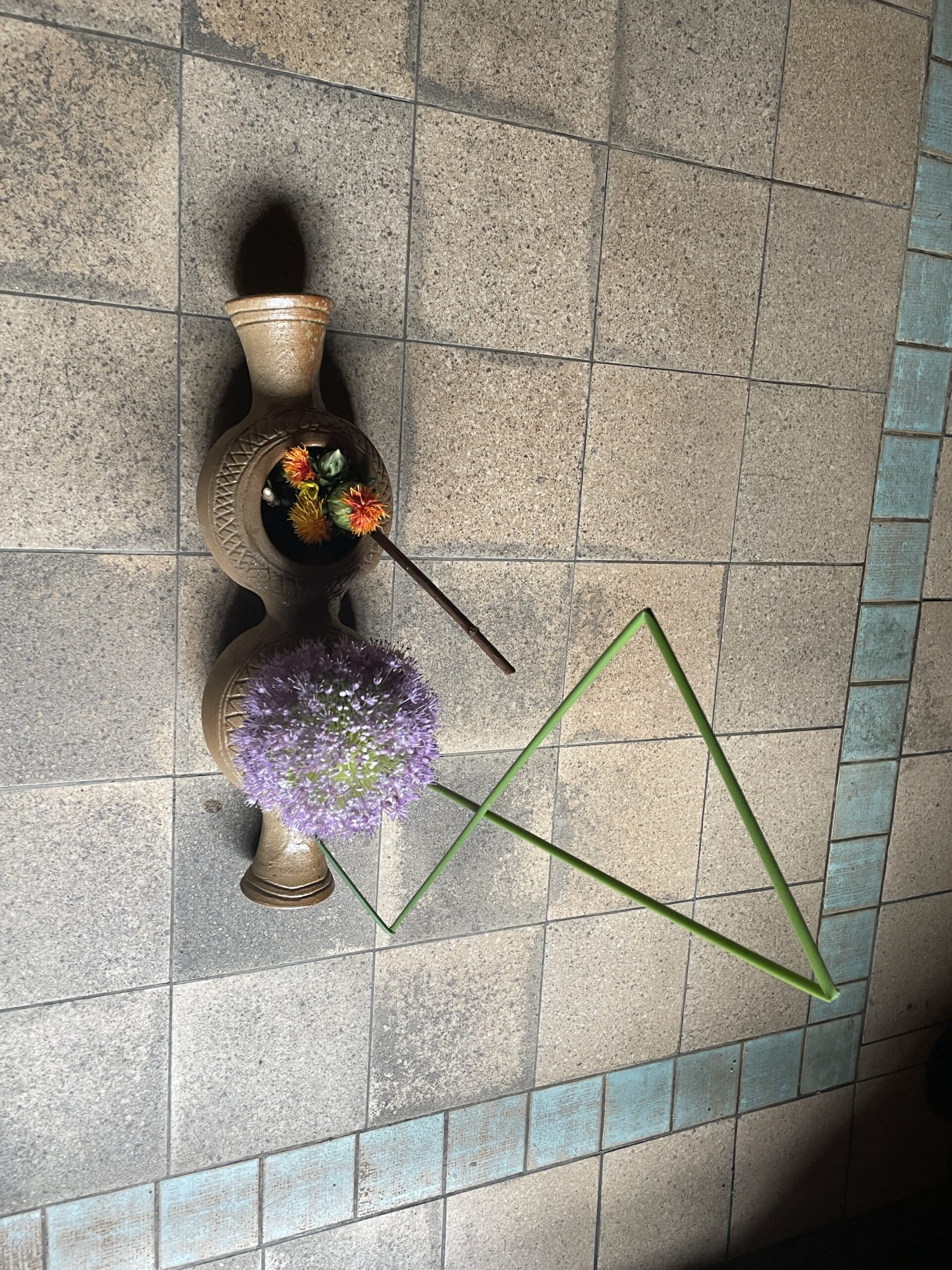
The instructor was very great about teaching us what to do and how to position everything in order to really give that “classy” feeling that comes with looking at Ikebana.
I was a huge fan of the freestyle portion though.
The instructor is actually from America and has lived in Japan for quite some time and has her own family here. She speaks English perfectly of course and has a wonderful grasp of the Japanese language and culture, so it was great to get an in-depth explanation considering that I probably wouldn’t have understood in Japanese.
•Authentic Japanese Kaiseki Cuisine Meal
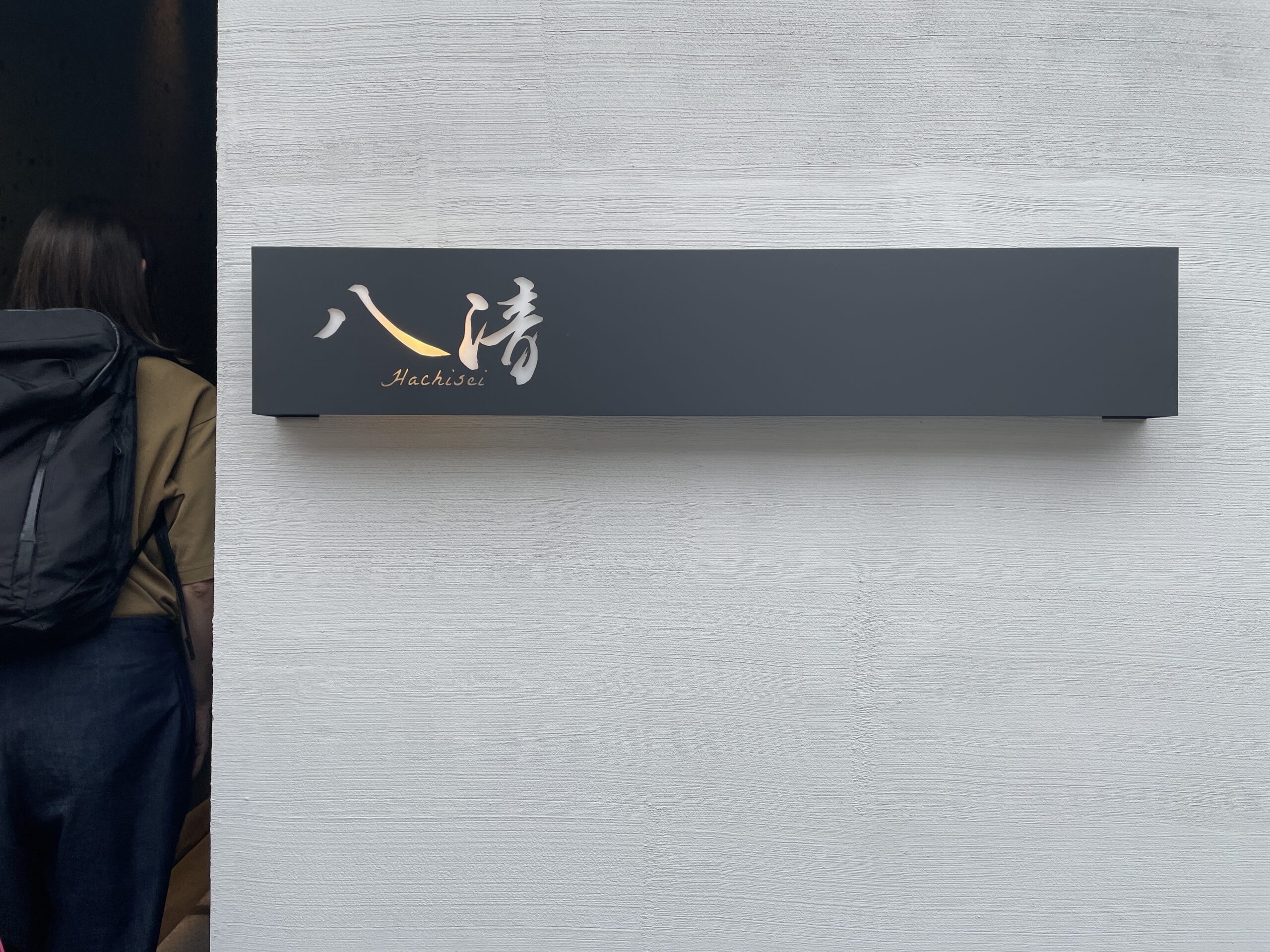
Very close to the area, we were able to take a car to a Michelin-star restaurant where we ate some of the most yummy Kaiseki cuisine I’ve ever had.
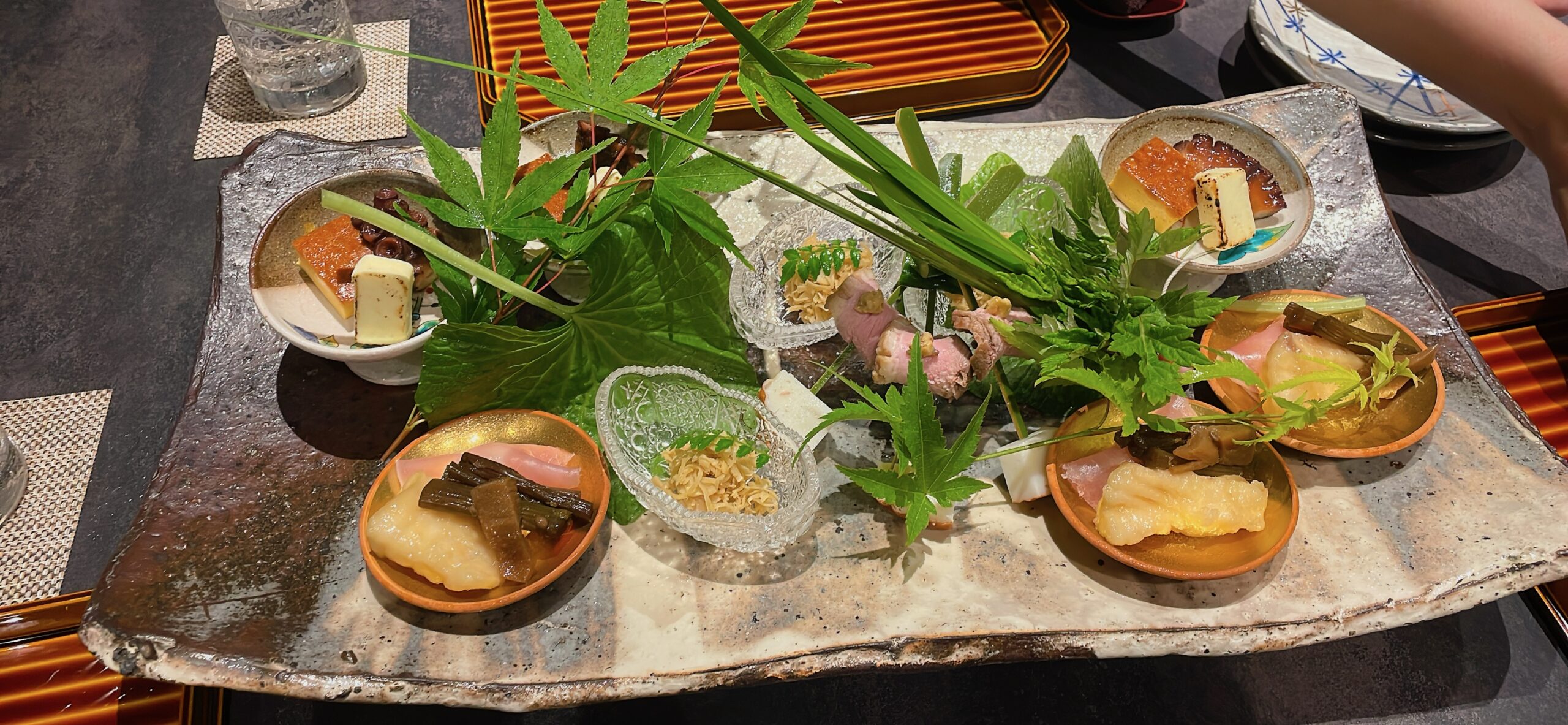
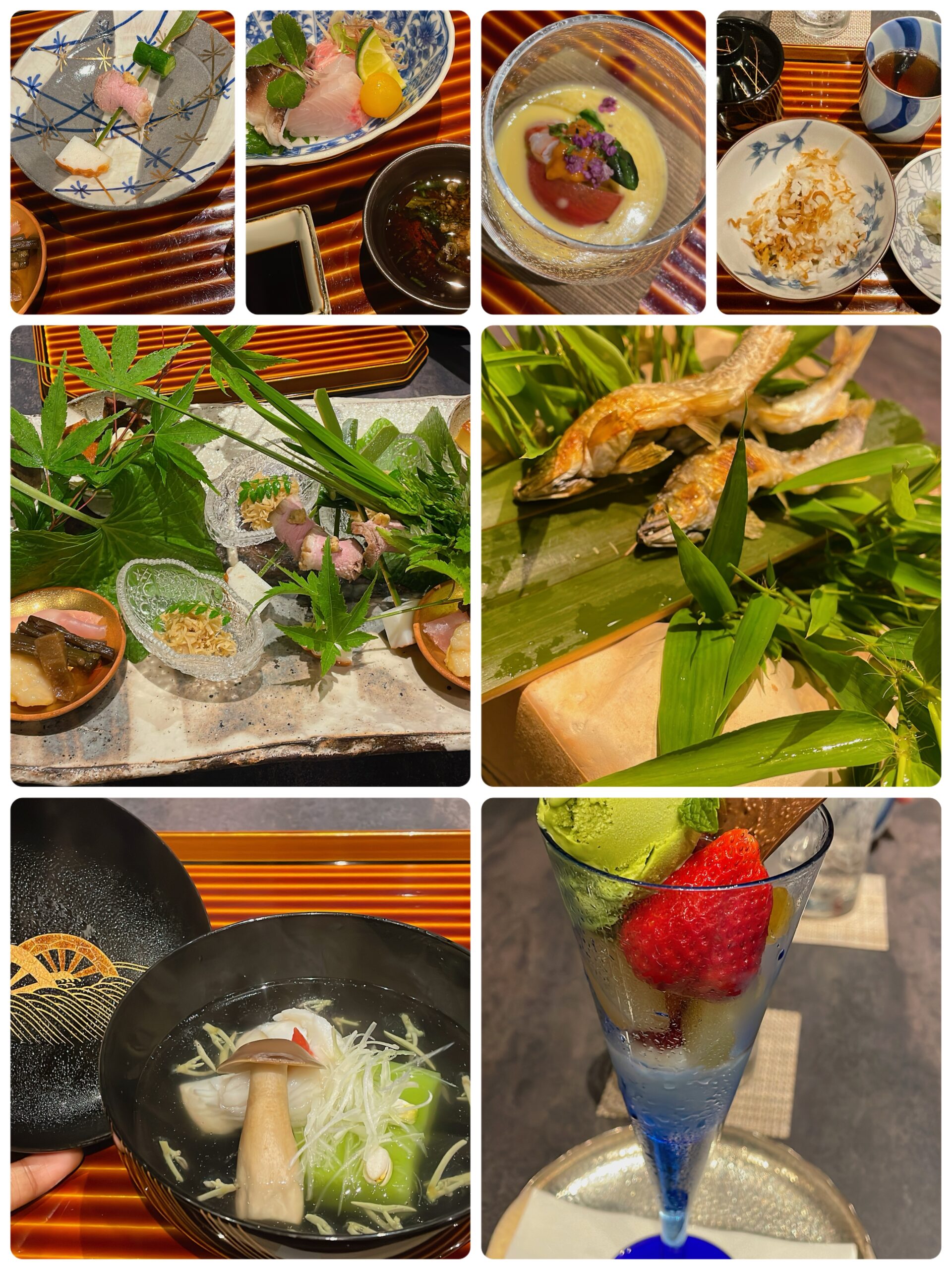
•Tofuku-ji Temple
I was very happy about going to the temple and learning more information. While I enjoyed learning, I was very appreciative of being able to look at such beautiful nature. Aside from genuinely wanting to immerse myself in the Japanese culture, I wanted to be exposed to nature and feel cleansed by it.
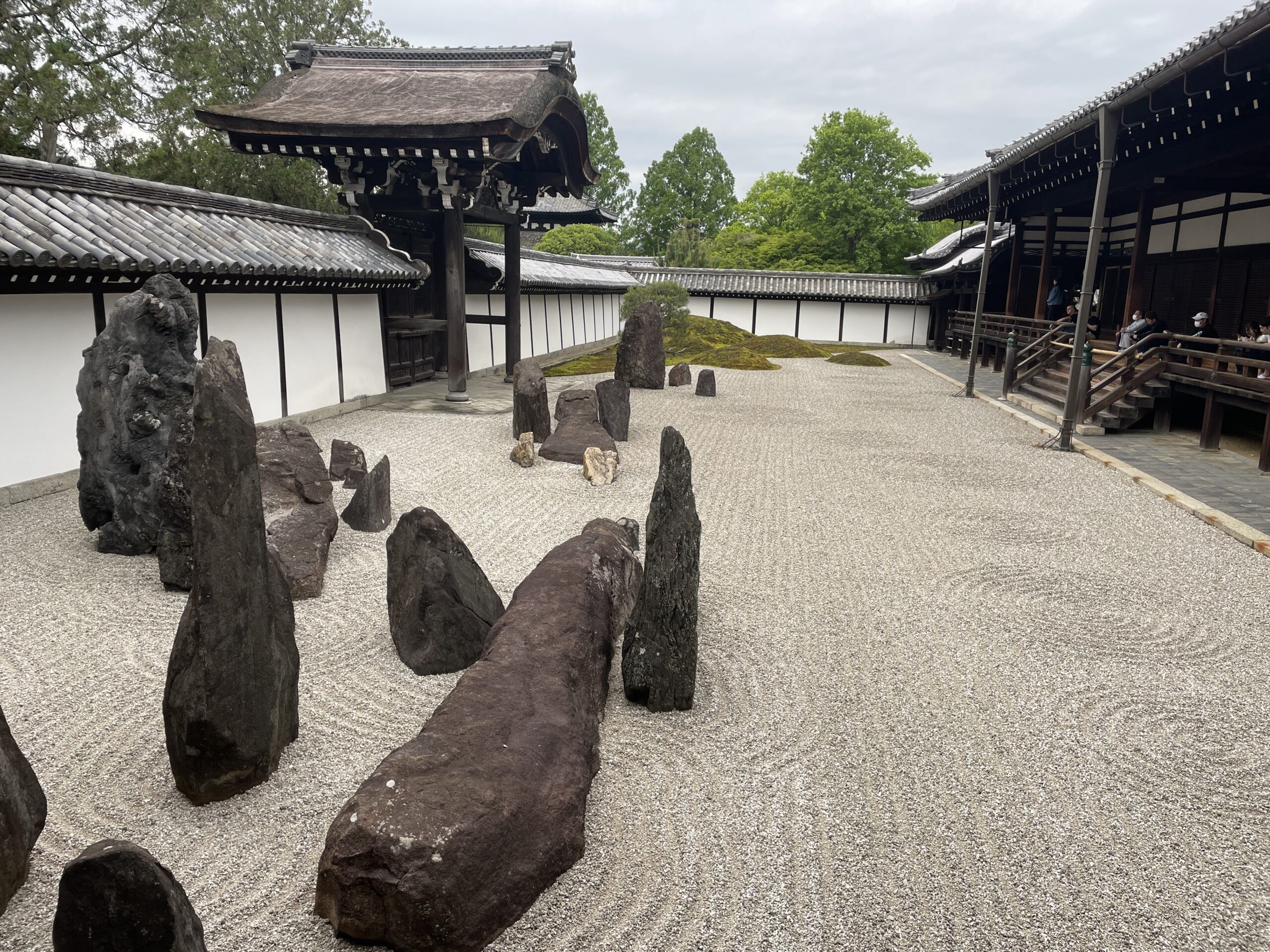
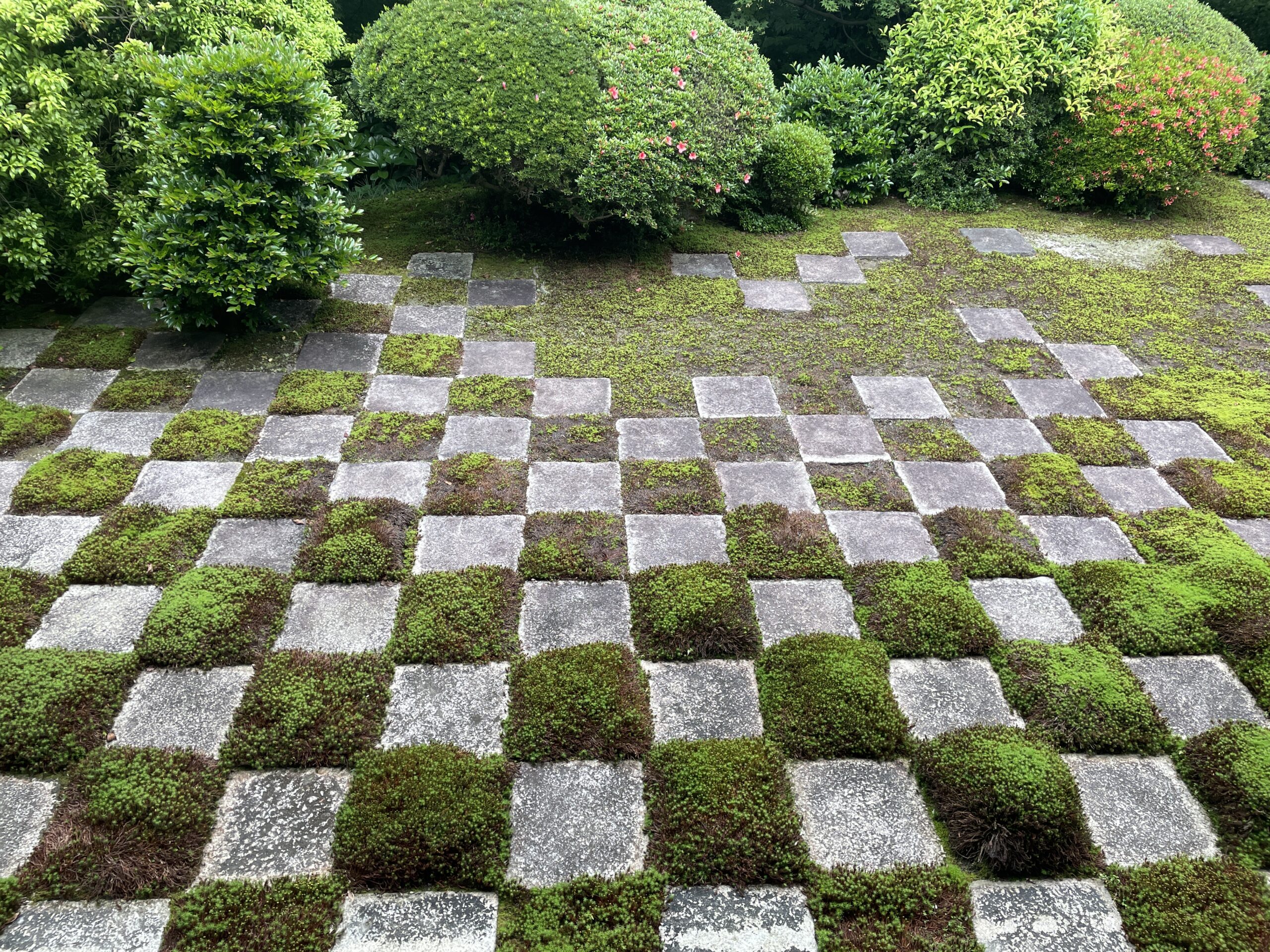
•Komyoin Zen Temple
Out of all of the temples visited, this was my favorite as we had time to sit down in the area and be one with nature. This temple is located about seven minutes walking from the previous temple. I really liked the open space this temple had, though it was fairly small.
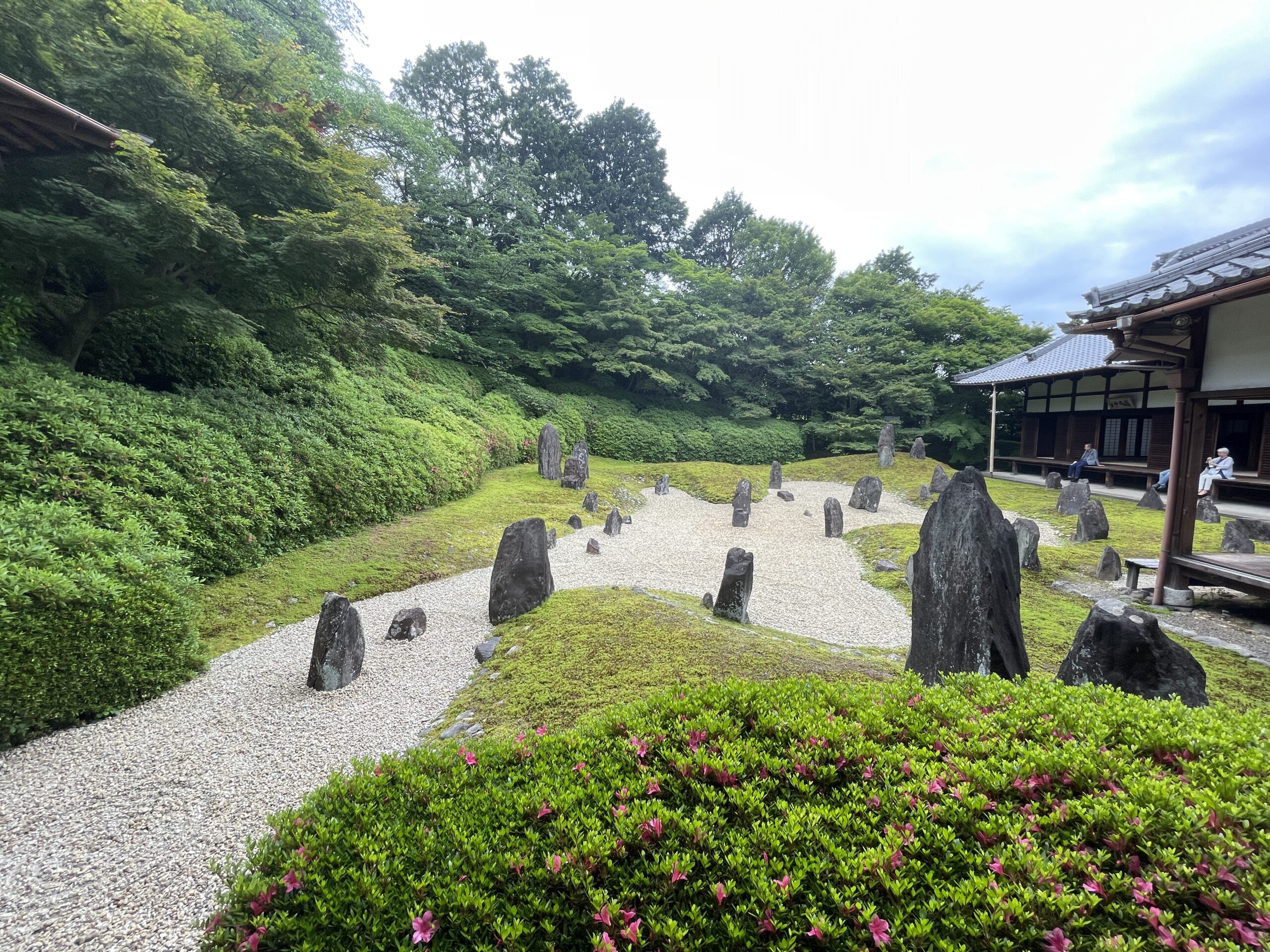
Deep Experience
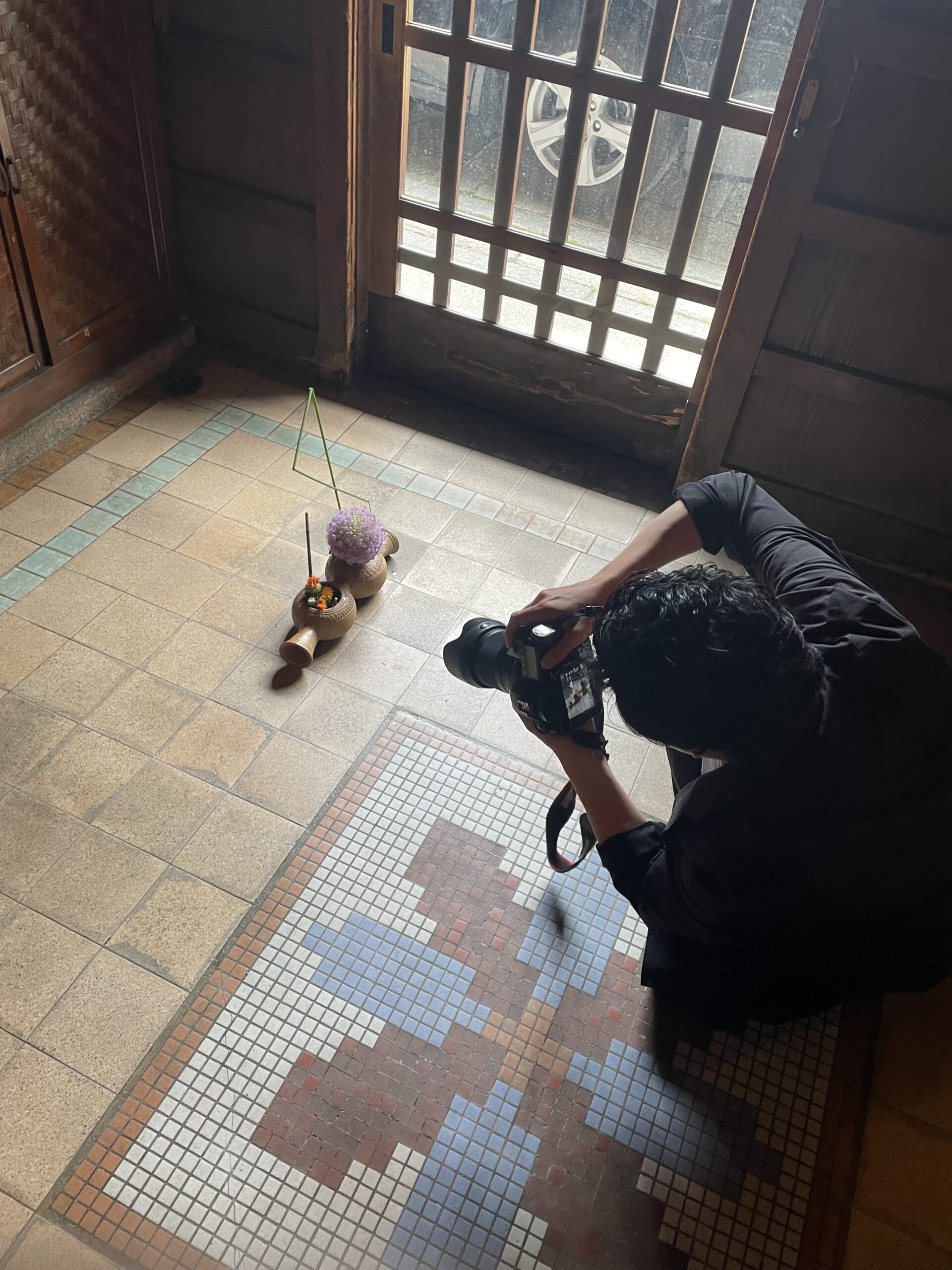
Big shout out to Deep Experience!
They paid for all expenses, minus transportation, and really showed me and the other young woman who went on the tour a wonderful time, I cannot thank them enough. I’m very appreciative of the wonderful tour that they put together with Seanacey and highly recommend that everyone attempt to use their services in order to get the full experience.
Overall Rating

I give this experience a 7 out of 10. Overall, it was really fun~ I was able to learn so much and I got to see such beautiful nature. As I said, I basically got to do this for free because I was a tester for this experience. I’m not exactly sure how much it will be priced yet (though my imagination is that it will cost over 20,000 yen given that you go to a Michelin star restaurant, get many tours, and a wonderful Ikebana lesson), but I highly recommend people give it a try as the experience is invaluable.
You can check out the Ikebana instructors’ Instagram here:
Happy floral arranging!

